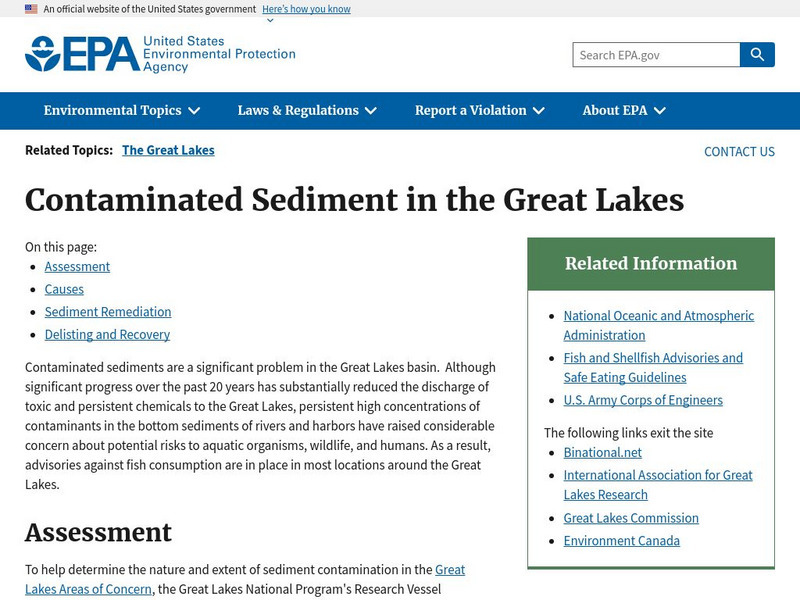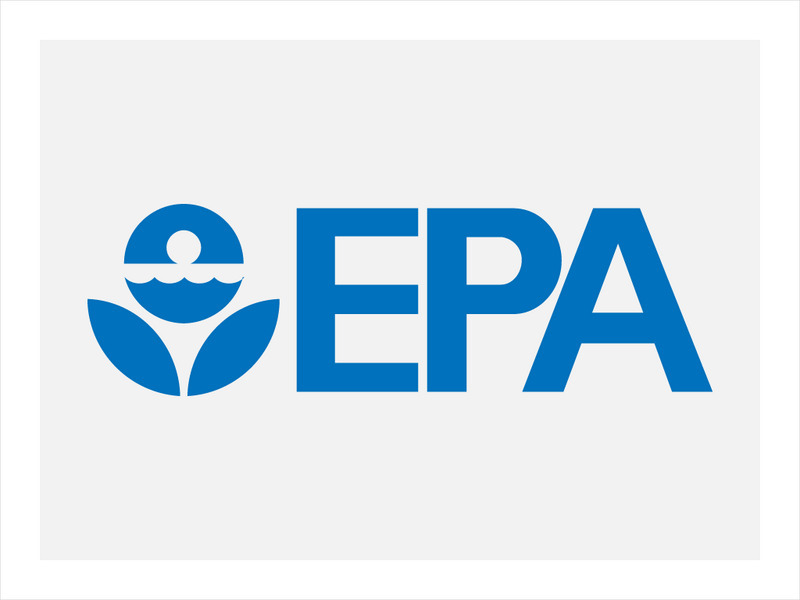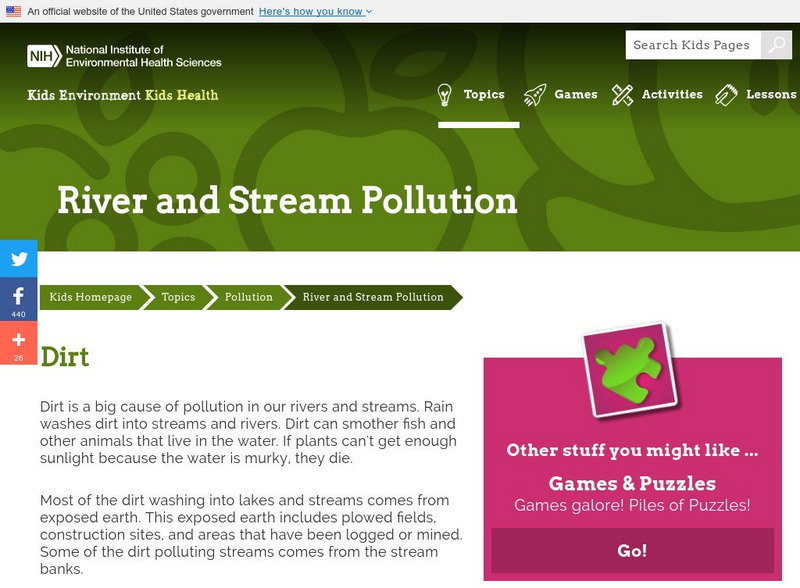Hi, what do you want to do?
US Environmental Protection Agency
Epa: Contaminated Sediment in the Great Lakes
Provides an overview of the issue of sediment contamination in the Great Lakes, how the problem is assessed, causes of contamination, and remedial efforts. Includes links to more in-depth information.
US Environmental Protection Agency
Epa: Secret of Bog Creek
This site has a user guided story about a bog that has been a secret dumping ground for waste.
US Fish and Wildlife Service
Chlorinated Hydrocarbons (Organochlorines) Ddt
Read a brief history of the use of DDT in the United States, its effect on wildlife, and the banning of the toxin in 1972 by the EPA.
US Environmental Protection Agency
Epa: Surf Your Watershed
This resource provides information on watersheds, maps, activities, and links to local watershed information.
TED Talks
Ted: Ted Ed: Captain Charles Moore on the Seas of Plastic
Capt. Charles Moore discusses the growing problem of plastic trash in our seas and oceans and what the solutions might be. [7:24]
US Environmental Protection Agency
Epa: Polluted Groundwater Simulation
Directions for doing a simple simulation that shows how pollution spreads through groundwater sources.
Province of British Columbia
Government of b.c.: Teacher's Guide to Clean Air: The Clean Air Crusaders [Pdf]
The 'Clean Air Crusaders' help teachers work with students to educate them about all kinds of air pollution and ways to improve our environment.
Better Planet Productions
Earth Care: Wat Er We Good For?
By performing a water audit at school and at home, students will become aware of ways to reduce their water use.
Better Planet Productions
Earth Care: Enviro Facts [Pdf]
A collection of facts about Canadians' use of energy and water, and their management of waste.
Other
Earth Day Canada: Eco Kids: Limit Food Waste
Each year, people throw out millions of tons of food that could still be eaten. That is a lot of food! Even when we compost food waste there are still some negative impacts. Resources like water and energy are used to grow and transport...
University of Illinois
University of Illinois Extension: Energy and Ecosystems Use Some Lose Some
Life on Earth is possible because energy flows one way through ecosystems, while matter cycles endlessly. Water and elements, such as carbon, nitrogen, phosphorous, and sulfur are examples of matter that cycles through ecosystems.
Other
Enviro Watch
Watchdog organization dedicated to preserving the environment through education, research, and legislation.
Other
Friends of the Earth
Visit the home page of Friends of the Earth, an organization dedicated to protecting the world. Easily navigated links to specific topics.
US Environmental Protection Agency
Epa: Exploring Estuaries
Find click-through tours of estuaries in New York and in Louisiana that provide sustained reading on the science of river deltas. Text is supported by illustrations and a glossary of special terms.
US Environmental Protection Agency
Epa: Coral Reefs
What is a coral reef? Why are Coral Reefs important? What is affecting the health of coral reefs? These questions are answered and more information is provided on this easily readable, comprehensive site.
Better Planet Productions
Earth Care: Words to Action [Pdf]
After investigating the health of waterways in their community, students can undertake this activity where they participate in a community cleanup.
HotChalk
Hot Chalk: Lesson Plans Page: Causes of Pollution
This lesson plan is designed to teach young children identify the types of pollution, the sources of the pollution, and how they can protect the environment from further pollutants.
National Institutes of Health
Niehs: Kids' Pages: River and Stream Pollution
What makes our rivers and streams dirty? This brief overview discusses the causes of pollution in rivers and streams and how to solve it.
US Environmental Protection Agency
Epa: Acid Rain: What Is Being Done?
The EPA discusses the actions the government agencies are taking to reduce acid rain.
US Environmental Protection Agency
Epa: Making a Natural P H Indicator
At this site you will find a step by step process for making a natural pH indicator. One of the main materials you need to have on hand is a red cabbage.
eSchool Today
E School Today: Solutions to the Ocean Acidification Problem
Understand the ocean acidification problem, and find out what you can do about it.



















